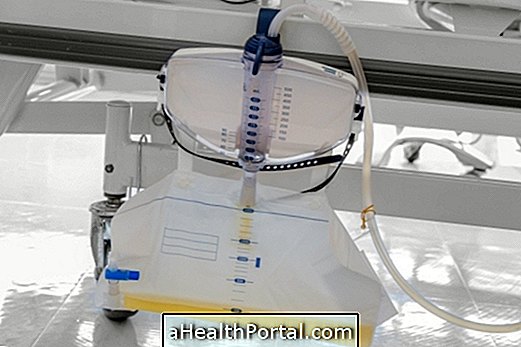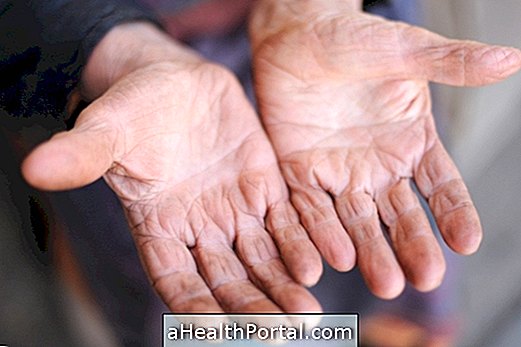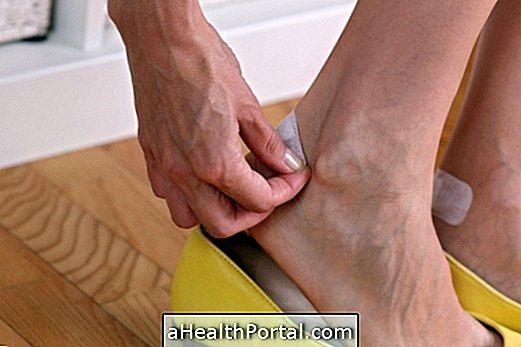To care for someone who is using a bladder catheter at home it is important to replace the catheter according to the manufacturer's instructions, empty the catheter bag and always check that the catheter is not clogged. Taking this care with the bladder catheter helps to prevent urinary tract infections and increase patient comfort.
Typically, the bladder catheter is inserted into the urethra to treat urinary retention, in cases of benign prostatic hypertrophy, or postoperative urologic and gynecological surgeries to prevent bladder filling and speed recovery.
All these care needed to keep the catheter clean can be done by the caregiver or by the patient himself if he feels capable.

What to do to speed recovery
To accelerate recovery and decrease the time you have with the bladder catheter it is important to always keep the catheter and the collection bag clean, as well as the genitals washed and dry, to avoid a urinary infection, for example.
In addition, it is essential to observe if the urine remains yellow and without urine clots, because if it is altered (pink, brown or green) it may be a sign of complications that should be immediately reported to the doctor to avoid prolonging the use of a urinary catheter.
Keeping the probe and bag clean
To keep the urinary catheter clean and without urine crystals, which may obstruct the catheter or cause infection, one should:
- Avoid pulling or pushing the bladder catheter because it can cause bladder and urethral wounds;
- Wash the bladder tube 3 times a day with soap and water to prevent bacteria from contaminating the probe;
- Go to the hospital or health facility to change the bladder catheter every 3 months, if it is silicone, or every 10 days if it is latex;
- Do not lift the bag collector above the level of the bladder by keeping it hanging on the edge of the bed while sleeping, for example, so urine does not enter the bladder again;
- Never place the collector bag on the floor, transporting it whenever it is needed inside a plastic bag or tied in the leg, to avoid that the bacteria of the floor contaminate the probe;
- Empty the catheter collection bag whenever you have half of your urine filled capacity.
In addition to this care with the delayed bladder catheter, it is important to thoroughly dry the collection bag and catheter after bathing. However, if the collecting bag separates from the probe in the bath or at another time, it is important to throw it in the trash and replace it with a new, sterile collection bag.
Warning signs to go to the doctor
Some signs that you should go immediately to the hospital or emergency room to change the catheter and make tests are:
- Blood inside the bladder catheter collection bag;
- Urine leaking off the probe;
- Fever above 38º C and chills.
- Pain in the bladder.
In some cases it is normal for the patient to feel like peeing and this discomfort can be perceived as severe pain in the bladder, which should be referred to the doctor to prescribe appropriate medication, increasing patient comfort.




















